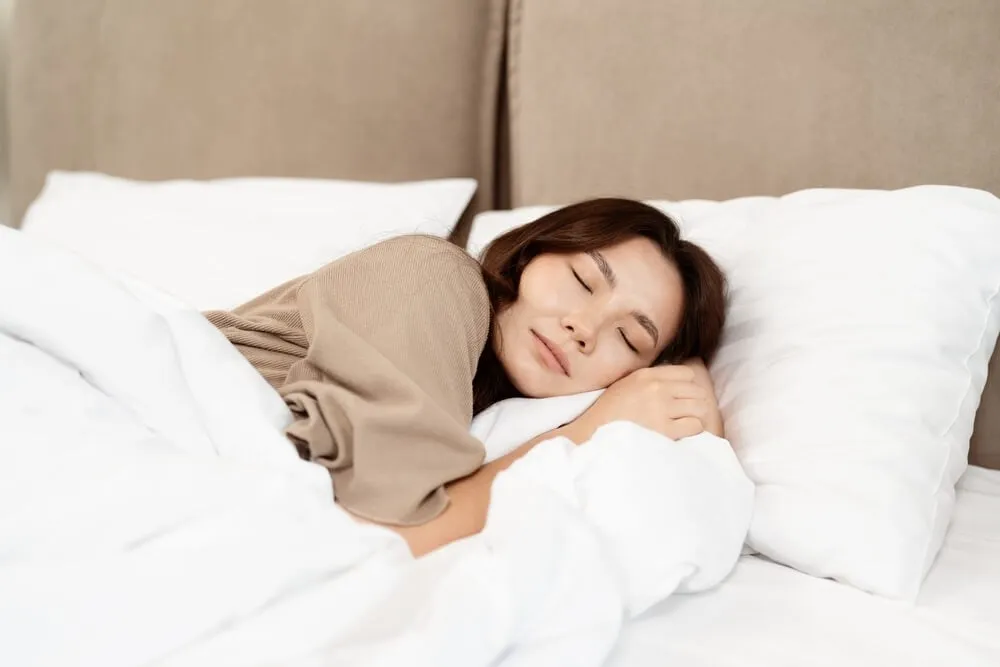Ideal Sleep Temperature for a Good Night's Rest

The Quest for the Perfect Sleep Temperature
Let’s face it: a good night’s sleep can sometimes feel like a myth, especially when you’re battling night sweats or shivering under the covers. But what if I told you that the secret to restful slumber might just lie in the temperature of your bedroom? Yes, you heard it right! The ideal sleep temperature is a game-changer, and it’s time to unlock this secret for a rejuvenating night’s rest.
Why Temperature Matters for Sleep Quality
When it comes to sleep, our bodies are like finely tuned machines that thrive on balance. The ideal sleep temperature typically hovers between 60°F to 67°F (15°C to 19°C). This range allows your body to cool down, signaling that it’s time to sleep. When your room is too hot or too cold, it can disrupt your sleep cycle, leading to restless nights and groggy mornings.
- Too Hot: A warm room can cause night sweats, tossing, and turning. Your body struggles to cool down, making it hard to enter the deeper stages of sleep.
- Too Cold: Conversely, a chilly room can lead to discomfort, waking you up to adjust your blankets or find warmth.
Creating Your Sleep Sanctuary
Now that you know the ideal sleep temperature, how do you achieve it? Here are some practical tips to transform your bedroom into a sleep sanctuary:
- Invest in Quality Bedding: Look for breathable materials like cotton or linen that help regulate body temperature.
- Use a Programmable Thermostat: Set your thermostat to cool down your room before bedtime. This way, you’ll step into a perfectly chilled space.
- Consider a Fan: A gentle breeze can help circulate air and create a comfortable sleeping environment.
- Adjust Your Pajamas: Lightweight, moisture-wicking sleepwear can make a world of difference in maintaining an optimal temperature.
Understanding Your Body’s Needs
Everyone’s ideal sleep temperature may vary slightly based on personal preferences and physiological factors. For instance, women may experience fluctuations in body temperature due to hormonal changes, while men might prefer a cooler environment. Understanding your unique needs can help you tailor your sleep space effectively.
- Track Your Sleep Patterns: Use sleep tracking apps or devices to monitor how temperature affects your sleep quality. This data can guide adjustments to your environment.
- Experiment with Layers: Keep extra blankets handy. You can always add or remove layers to find that sweet spot.
Common Sleep Disruptors and Solutions
Even with the perfect temperature, other factors can hinder your sleep. Here are some common disruptors and how to tackle them:
- Stress and Anxiety: Practice relaxation techniques like meditation or deep breathing before bed to calm your mind.
- Blue Light Exposure: Limit screen time at least an hour before bed. Consider using blue light filters on devices if you must use them.
- Caffeine Intake: Be mindful of your caffeine consumption, especially in the afternoon and evening.
Wrapping Up Your Sleep Journey
Finding the ideal sleep temperature is just one piece of the puzzle for achieving restful nights. By creating a comfortable sleep environment, understanding your body’s needs, and addressing potential disruptors, you can pave the way for better sleep quality. Remember, it’s all about balance and making small adjustments that lead to significant improvements.
So, are you ready to embrace the perfect sleep temperature and transform your nights? Your body will thank you!





